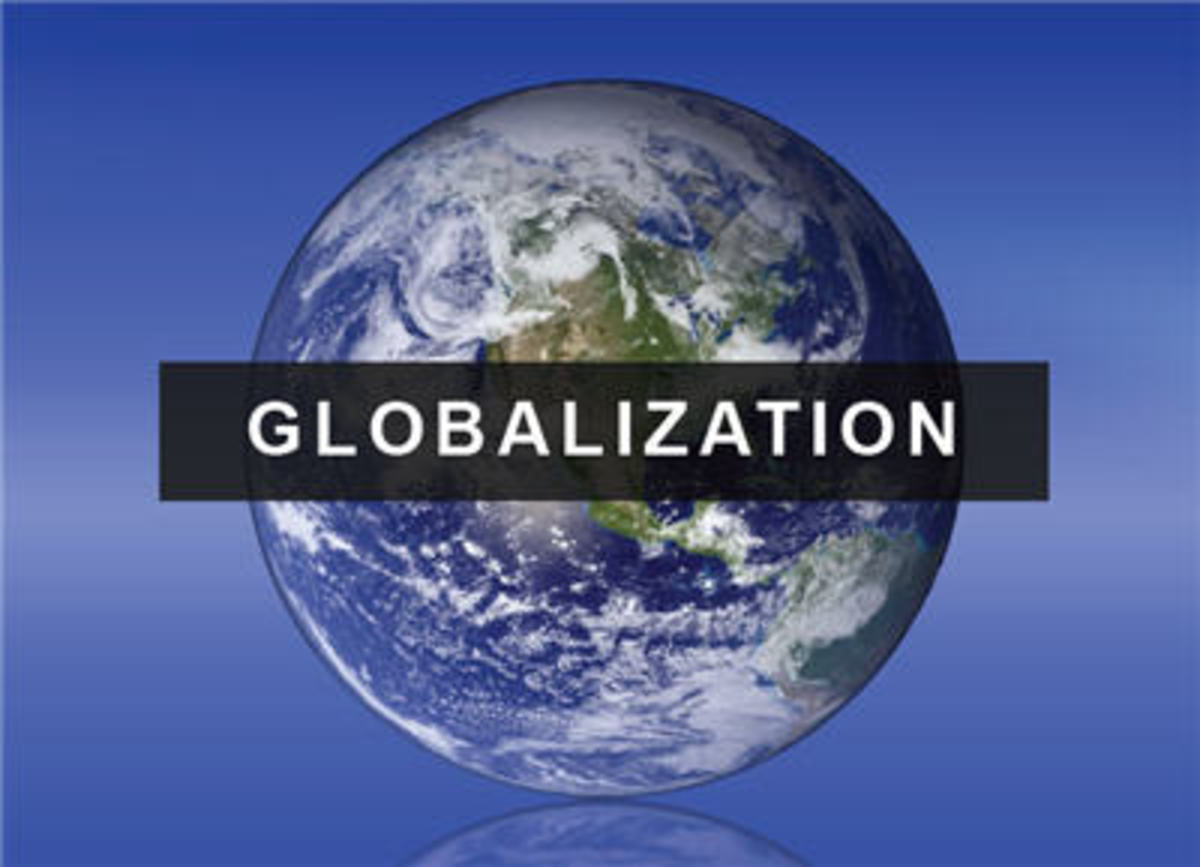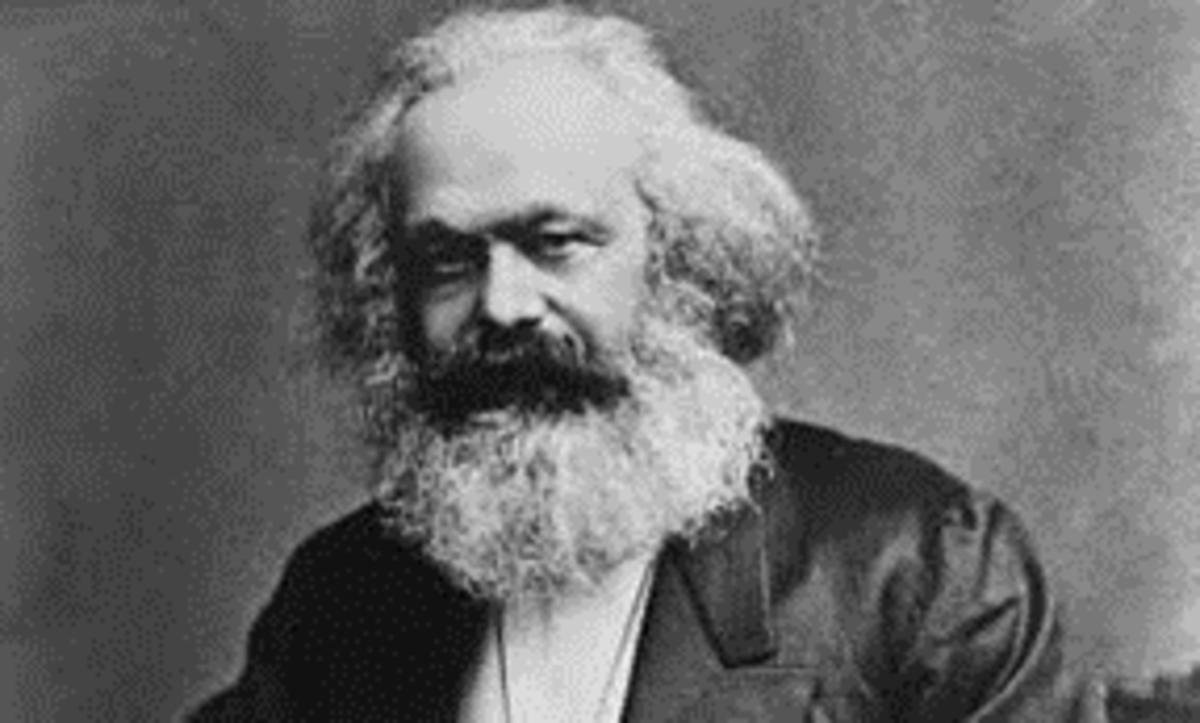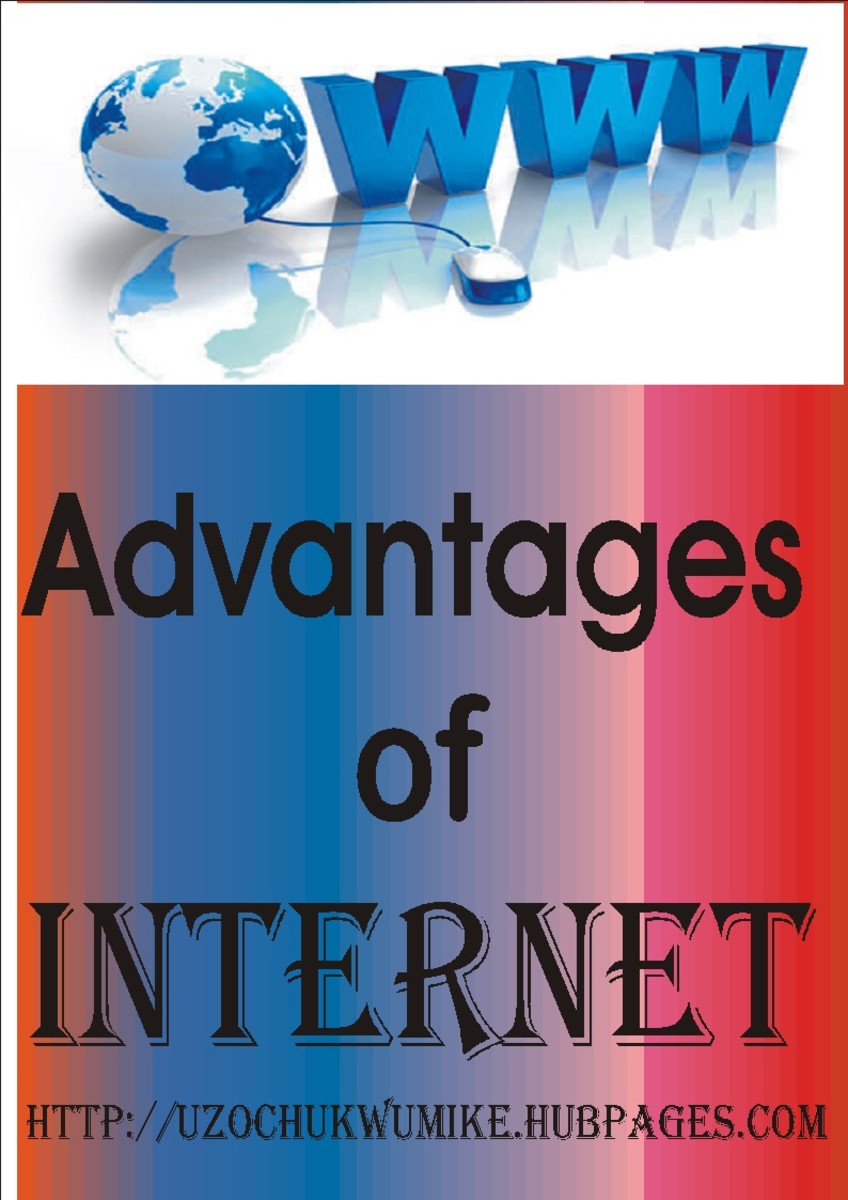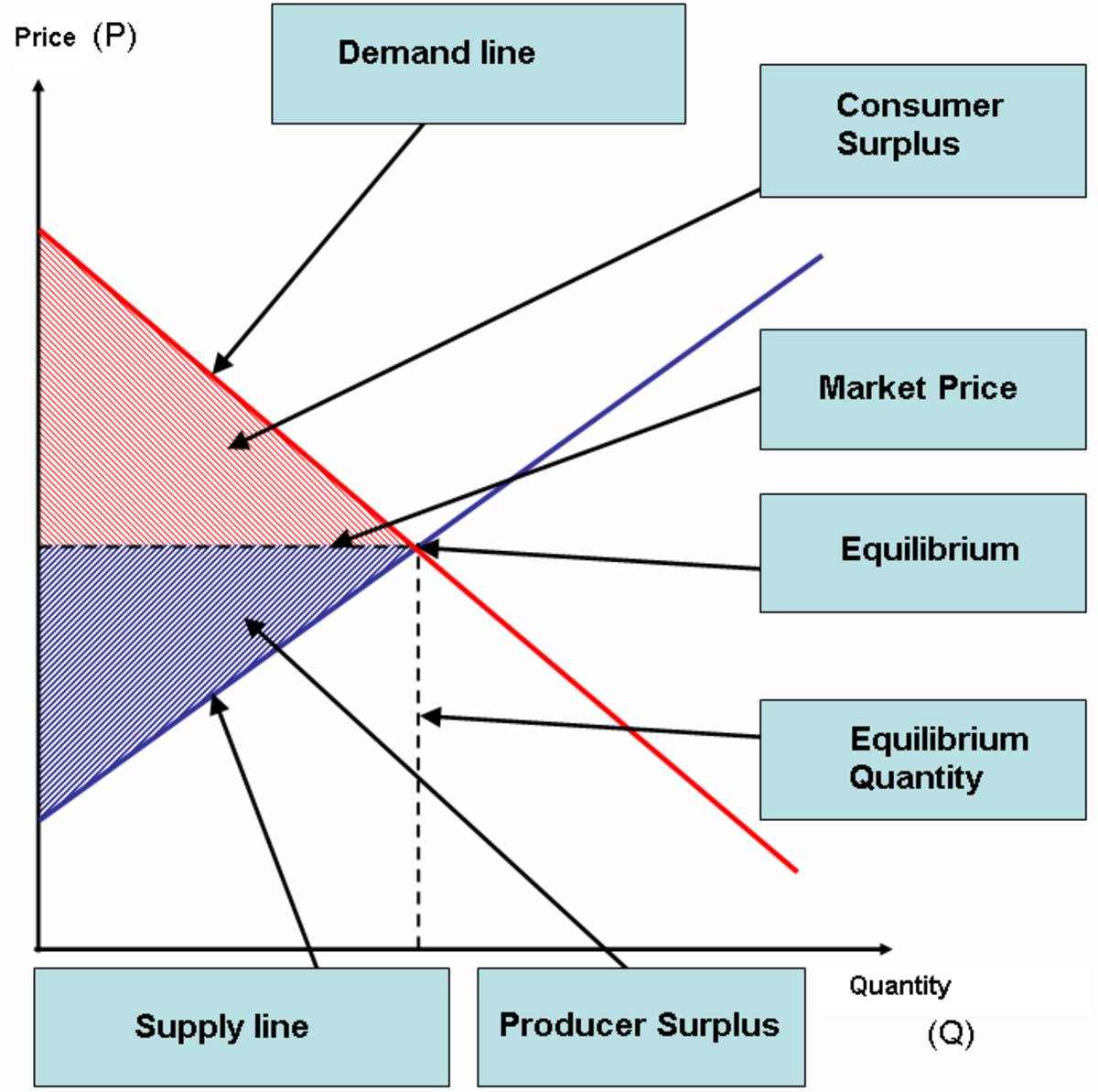Physiocracy as an Economic Ideology

Introduction
History of economic thought has a long tradition as like the human history claim. The world witnessed different cultures, civilizations, practices etc in different parts with different spirits. The economic philosophy or idea changed from time to time, because of the natural changes. For example, trends in demographic transition in different times. Initially the world faced problem of under population, because in a under populated society, there may happen wasting of resources. Gradually population began to increase. So there arose another challenge of managing the resources to establish equality in the society. In short, history of economic thought disclosed different things of different times with different matters. Here this hub is aimed to provide a brief note on ‘Physiocracy’, an economic idea prevailed in France during the 18th century.
Physiocracy
Physiocracy also known as ‘science of natural order’, was an important economic idea existed in France during the 18th century. Physiocracy arose as a reaction against Mercantilism. Mercantilism was another economic idea practiced in Europe including Russia during 15th century. They gave importance for trade and industry, further they considered agricultural sector as the least productive activity. At last physiocracy arose as a strong force against the policies of mercantilism. Physiocrats considered agriculture as the most productive and good activity. Further they also tried to uplifted the farming community.
Main Representatives of Physiocracy
Following are the three main representatives of physiocracy
Sl No
| Name
| Main Works
| Period
|
|---|---|---|---|
1
| Franques Quesnay
| 1) Tableau Economique (book), 2) An Article on Farmers, 3) An Article on Grains
| 1694 - 1774
|
2
| Turgot
| 1)Treastise on the Significance of Agriculture
| 1727 - 1781
|
3
| Richard Cantilliac
| 1) Study on the relation between value and utility
| 1680 - 1734
|
Reasons of the Raising of Physiocracy
There are many social, political, economical and ideological reasons behind the raising of physiocracy. Some of them are very briefly explained below.
i) Reaction against mercantilism:
The ideology of mercantilism was deliberately neglected the agricultural sector. In reality agriculture is the most important sector since it function as the feeder of any society. Physiocrats framed a structure which was completely against mercantilism. Further it is proved that, only agricultural sector can produce more surplus product. So, it also helped the country to strengthen its economy.
ii) Reaction against exploitations:
Till the time of the raising of physiocracy, the lower level people particularly farmers were highly exploited by the upper level class of the society. Since most of the land owners were upper level people, farmers got only inferior social status. In short, physiocracy arose as a reaction against exploitation.
iii) Corrupted financial system:
The financial system of France of that time was exploitative in nature. Because the tax burden imposed on peasants. They imposed different types of taxes. Since, mercantilism give importance on manufacturing sector, agriculturists suffered its entire burden. The upper level class enjoyed the benefits by exploiting the poor people.
iv) Social inequality:
Even though agriculturists are the core of any economy, in France they faced social inequality. The upper level section of the society enjoyed more than the agriculturists. They were also lead luxurious way of life. In fact, it lead to the widening of social inequality. The farmers always forced to suffer the pain of inequality. So, later many philosophers developed ideas and inspired people to react against this kind of social evils. The final outcome was the raising of physiocracy.
Major Economic Ideas of Physiocrats
The ideology of physiocracy was an interesting one with different better things compared to other economic ideas. Following are the major ideas of physiocrats.
i) Natural Order:
Physiocrats considered property, security and liberty as the very basis of social order. When all these concepts are attained at good level, the society will benefit more. According to them governments has only less responsibility. That is government must function for ensuring security, property and liberty. Further physiocrats mentioned two social orders. There are natural order and positive order. Positive order is one which is built by the man or government. On the other side, natural order is one which is the alms of God. And physiocrats consider that only natural order will enable to make a better society. So those natural orders become the root cause for the establishment of perfect property, security and liberty in the society.
ii) The produit net;
This ideology is also known as “net product”. According physiocrats only the agricultural sector is the most productive sector which the people can depend. If a person is employed as a labor and he is working with land, then he can produce surplus product. Therefore, physiocrats emphasized the vitality of lands in the economic progress. They considered agriculture as the surplus or productive sector because it can produce output greater than what the domestic people wanted. In short, agriculture was a core part of physiocracy.
iii) Laissez Faire:
Physiocrats were accepted the concept or the system of lazes-faire. Lazzes-faire refers to a system of economy where everybody enjoys maximum freedom. So, the government requires to perform only limited functions. Government must protect the property, security and liberty. In general, every economic agent can enjoy maximum freedom from economic restrictions even private sector too.
iv) Wealth or Property:
Physiocrats supported institution of private property. Mainly there existed three different classes. Among them agriculture sector enjoyed more fame and respect while industrialists (sterile class) compelled to suffer the tax burden. According to physiocrats, the establishment of secure private property is the core of social order.
v) The Circulation of Wealth:
This is something related to the modern concept of national income and its distribution. This concept was introduced by Quesnay. He categorized the economy in to three different classes namely the productive classes, the proprietary class and the sterile class.
The productive class consists of farmers who engaged with land. The proprietary class consists of king and landlords. All other occupations like trade, handicrafts etc are comes udder sterile class. The following pictorial representation provided a brief model about the circulation of income between these three classes.
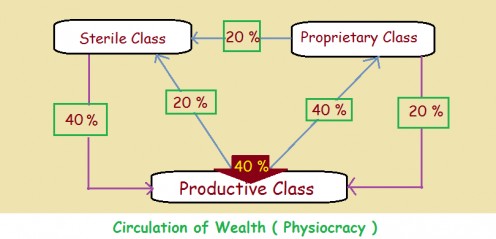
Here the circulation of income among these classes is represented. Since, agriculturists produce much, they will use a portion of their own output to meet their demand. That is 40% of the total output will consume by productive class itself. The productive class pays 40% of the total output to proprietary class as taxes and rent. And they also pay the remaining 20 % to sterile class to purchase manufactured items. Out of the 40% of the income held by proprietary class, 20 % will spend to productive class to meet consumption needs. And the remaining 20% will spend to sterile class to buy manufactured items. Now, the sterile class will have 40% of the total income (20% from productive class and 20% from proprietary class). The sterile class will spend thins 40% of the income to productive class to meet consumption requirements. Then the circulation will complete. So that the productive will class will intervene in all transactions (40% used for their own demand, 40% income will receive from sterile class and 20% income will receive from proprietary class).
Conclusion
Physiocracy was an important economic system existed for a very short period in France in the end of 18th century. The ideology arose as a reaction against another economic system called Mercantilism. Even though Physiocracy existed for a very short time, it claims many positive things. Classical economists were highly influenced in the philosophy of physiocracy. Adam Smith popularly recognized as the father of economics, was highly addicted to the idea of Physiocracy. The core of physiocratic system was agricultural sector. So, this philosophy helped to empower the bottom level mass especially peasants. In short, physiocracy was an economic idea which characterized with many positive things.



